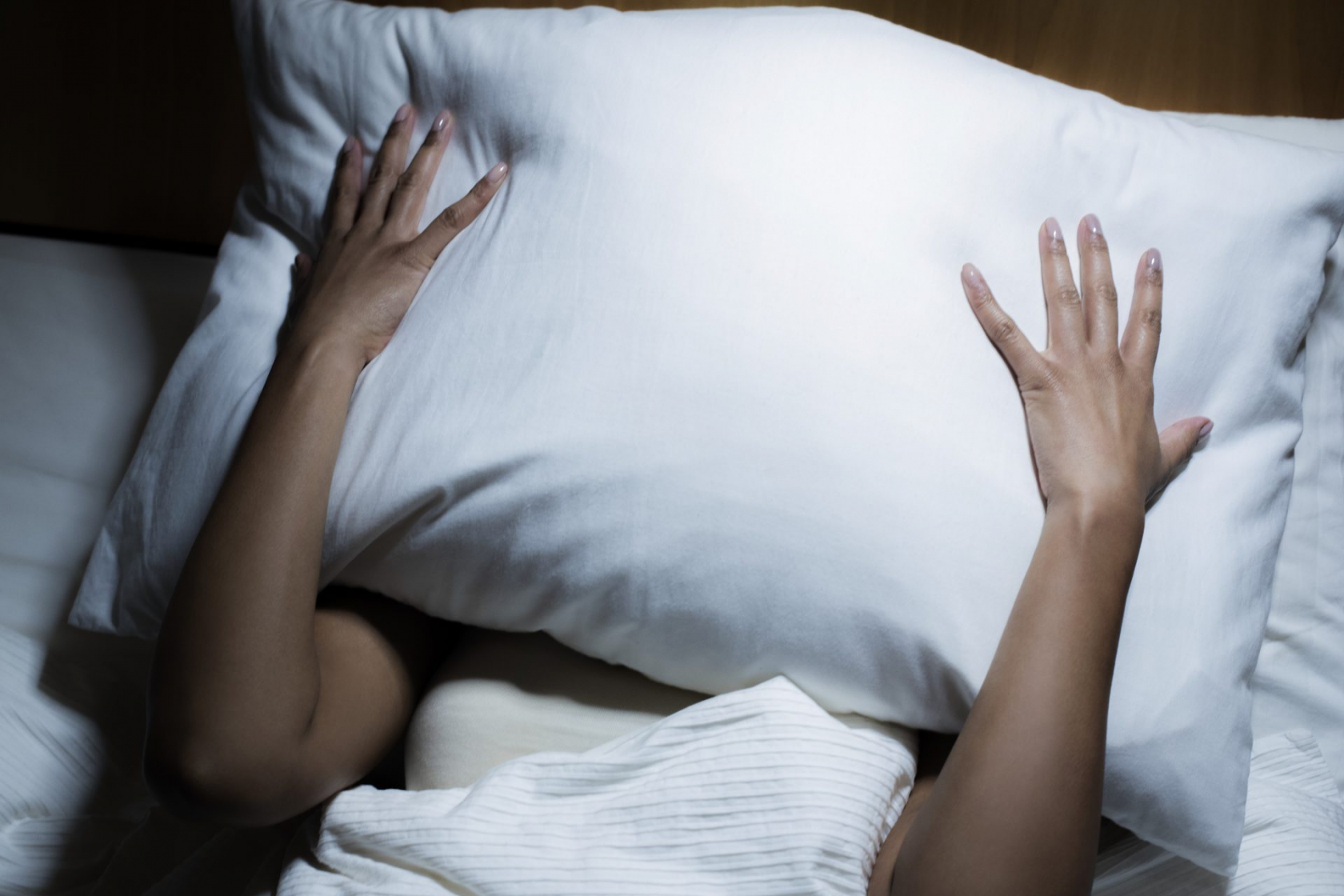Welcome back to Sleepless Nights, a series designed to help you swap your anxiety and worries for a good night’s sleep. Today, we’re exploring how progressive muscle relaxation (PMR) can help you to relax when you’re feeling tense before bed.
One of the most frustrating things about anxiety is its ability to strike at the most inconvenient of times.
This is especially true when it comes to nighttime anxiety – the last thing you want when you’re trying to get to sleep is a racing heartbeat, tense muscles and a bunch of anxious thoughts swirling around inside your head.
However, as overwhelming and unwelcome as nighttime anxiety can be, there are a number of techniques you can use to relieve some of the tension and relax your body and mind.
One such technique is progressive muscle relaxation. Not only does it help to physically relieve tension from the body, but it can also stimulate the ‘rest and digest’ part of your brain, helping you to feel less overwhelmed mentally, gabapentin ratiopharm capsule rigide too.
To find out more about the benefits of PMR, and how you can incorporate it into your self-care routine, Stylist spoke to Dora Kamau, Headspace’s leading mindfulness meditation teacher and wellness alchemist. Here’s what she had to say.
What is progressive muscle relaxation?

Progressive muscle relaxation (PMR) is exactly what it sounds like – a relaxation technique that uses the tensing of the muscles throughout the body to trigger a state of calm.
“You can practice PMR lying down or sitting upright in a relaxed and comfortable position,” Kamau explains. “Before you begin, take a few deep breaths bringing the mind and body into the present moment. Then, starting with the feet, breathe in, tense the muscles in the feet, curl the toes and then, as you exhale, let go and relax those muscles.
“You can continue up the body, tensing and relaxing the muscles until you reach your head. Finish the practice by tensing the entire body on the inhale and relaxing on the exhale.”
If you want to practice, Kamau recommends using your fist: “Clench your first, and as you tighten the hand, breathe in and hold the breath the count of 10 before exhaling and letting go. Notice the difference in sensation in your hand.”
How does progressive muscle relaxation work to calm the mind and body?
The sense of relaxation which is brought about by PMR is largely down to the deep breathing associated with the technique, which stimulates the vagus nerve and in turn triggers the body’s ‘rest and digest’ response (aka, the parasympathetic nervous system).
This switches the body away from the ‘fight or flight’ response associated with feelings of stress and anxiety.
“While the ‘fight or flight’ state can be helpful in the moment, staying in it for a prolonged period of time can significantly impact our mental health,” Kamau explains.
PMR also helps you to become more aware of what’s going on inside your body, Kamau adds: “Over time and with practice, we’re teaching the body to notice what tension feels like and also notice what it feels like to be relaxed.
“By noticing the contrast between the two, we can support the body in connecting to a sense of calm using this exercise.”
Can progressive muscle relaxation help you when you can’t sleep?

While PMR can be used to manage anxiety and stress at any time of the day, it can be a great tool to use at night when you’re feeling overwhelmed.
“I think it’s a great technique if you’re having trouble falling asleep because it doesn’t just include the mind, it includes the body,” Kamau explains.
“Sometimes we can be in our heads thinking about all the different reasons why we aren’t falling asleep, but if we can connect to the body, we notice that there’s a lot going on. There could be a sense of tension, tightness, or restlessness that the mind can’t help to resolve.”
She continues: “By deep breathing, tensing and releasing the different areas of the body, we can shift the mind away from those distracting thoughts and find relief within every breath as we let go.”
Images: Getty
Source: Read Full Article
